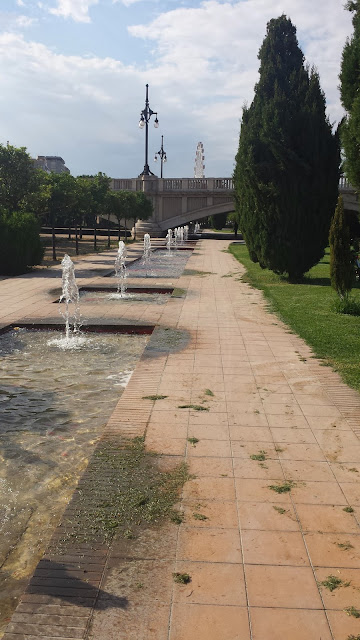Happened that in my life I stumbled a few times on some odd and interesting people and their cultures and every time I was rather taken by surprise and didn't knew what exactly to look for and some time later, while recounting the experience I've been realizing that I've missed many interesting moments about them. So to avoid this happening in future I decided to put together list of topics in which I am personally interested in regard of researching specific cultures.
Also while I've been thinking about this topic it sprang in my mind the side project to collect information about some less known tribes and cultures, which information is often spread around the net in different places and often is wrong and contradictory. And the plan is that the points from this list will roughly correspond to separated posts about each ethnics/tribe I'm planning to do. The idea is eventually to have a full article, which will encompass all of these topics and this article will serve as complete source of information about the specific culture in one place. Ideally this has to be article in Wikipedia, but as I'll be unable for the moment to provide reliable sources it has to be put somewhere else and even if not properly sourced the information at least will be available in condensed form in one place. I'm not sure how exactly should be called such article, may be "Ethnographic study of X"? So I'll be grateful for some hint from more knowledgeable readers. Also I'd like some feedback about the list, what I missed, what I categorized wrongly, etc.
So, lets list these topics:
1. Language
2. Writing systems
3. Symbols
4. Clothing and how it is made
5. Utensils and how they are made and used
6. Tools and how they are made and used
7. Weapons and how they are made and used
8. Hunting and fishing tools and weapons, how they are made, used and by whom
9. What is hunted, when and how for each specific type of prey
10. Religion, belief system, superstitions, legends, myths, oral traditions, tales, etc
11. Customs and rituals, all particular ones listed, illustrated and explained
12. Marriage, coupling customs and rituals
13. Relations between sexes, duties and rights
14. Attitude to death, rituals and customs
15. Naming
16. Food, what is it, from where is taken, how is made, eaten, etc
17. Husbandry, what, how, by whom, when
18. Animals, what kinds, for what propose, how, by whom, where, when
19. Martial arts, training, rituals, competitions, tools/weapons
20. Festivals, celebrations
21. Songs
22. Dances
23. Free time, when, how
24. Daily life, breakdown by time, tasks, type of people
25. Annual and monthly changes, migrations
26. Work, which days, how long, from what to what time, breakdown by sex, age, trade
27. Attitude towards sex, customs, rituals
28. Rising children
29. Medicine, what, how is made, found, by who and how and by who is taken and given
30. Agriculture, what, how and for what propose is grown
31. Plants, what, how are collected or grown, how are harvested or found, how are processed and kept, for what propose, by whom
32. Housing, what is it, from what is made, how is made, where is made and by who is made
33. Water, how is found, kept, used, processed, when, by who
34. Fire, how is made, kept, used, when, by who
35. Laws, courts, authorities
36. Social hierarchy
37. Other materials used, when, how, etc
38. Decorations and motifs
39. Beauty and personal aesthetics
40. Physical description and particularities of the people from the culture
That is more or less what I am interested in the different cultures and this list is going to be the first approximation of my "Don't forget to find about ..." manual.
Thanks for reading and see you soon.




















































